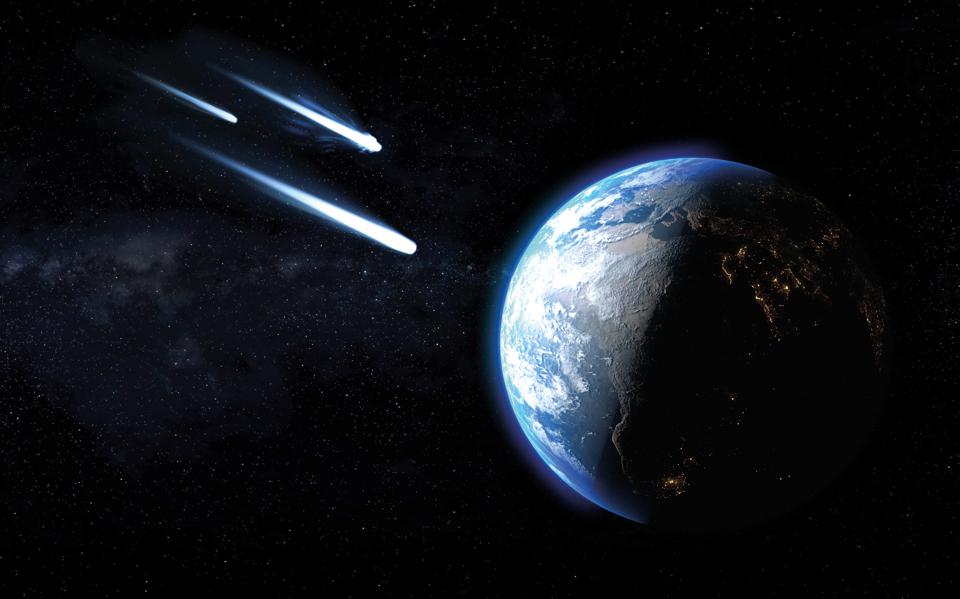As well as we have explained, scientists are studying meteorites for information on the events that occurred during the birth and the primordial evolution of the solar system. The theory of the protosolar nebula at the origin of the solar system is based on the gravitational collapse of a dense region of the milky way at the heart of an interstellar molecular cloud followed by accretion of dust and gas around Future protoplanets. This scenario is supported by preservation in the meteorites of circumstable and interstellar materials dating back at this primordial era. On the other hand, it is more hazardous to know which phenomenon precipitated the gravitational collapse of this protosolar nebula.
Gravitational collapse can occur spontaneously following random density fluctuations. But another possibility exists, suggested by the discovery in meteorites (in particular in their refractory inclusions), of short-life radionuclides which were already present during the formation of the protosolar system (as opposed to the subsequent production of radionuclides by an irradiation more recent cosmic).
To date, the radionuclide displaying the shortest half-life is Calcium-41 with about 102000 years. This radionuclide likely made and incorporated into refractory inclusions in just a few half-lives is less than a million years, otherwise its abundance would have been too weak to be detected. This period is remarkably short compared to astronomical standards. Because the other short-life radionuclides still show half-lives at least ten times longer, they do not impose so strict time constraints on the interval between their synthesis and the formation of refractory inclusions. Nevertheless, the absolute and relative abundances of short-life radionuclides can be compared with the predicted values for the probable sources of radionuclides.


designated survivor
oten
fdsdf
is that the autobots coming to earth
zufktzu
asdads
sdfghj
zdc
aeirhg
abcdefgh